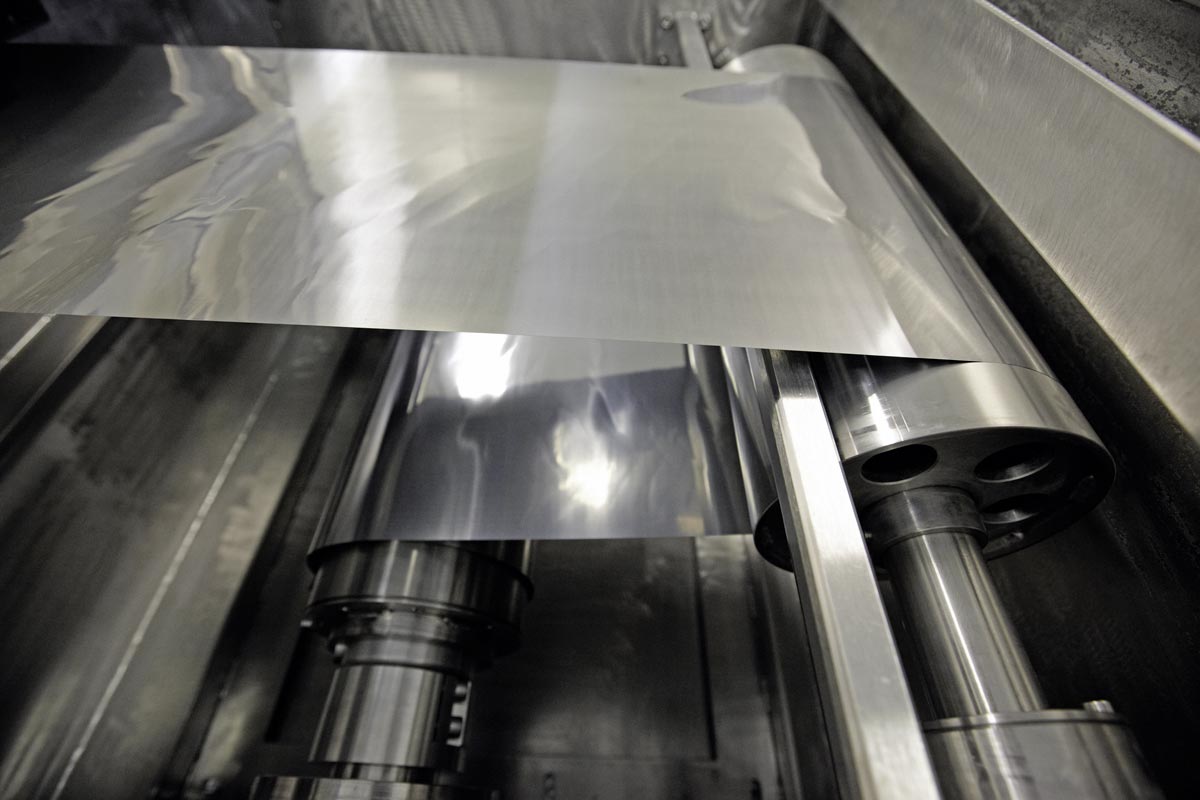In its “BLUE Map” scenario, which defines a path for achieving the goals set by the IPCC (Intergovernmental Panel on Climate Change) for reducing carbon dioxide emissions, the International Energy Agency (IEA) reckons that in 2050 46 % of global electricity generation will come from renewable sources (currently approx. 20 %). Photovoltaics (PV) convert sunlight directly into electricity – silently and without emitting exhaust fumes, noise or smell. The PV technology is an important element in a sustainable electricity scenario which also requires new grid management strategies.
As the cost of PV will probably continue to go down as a result of technological developments, the technology has great potential for worldwide implementation. In an ambitious scenario the EPIA (European Photovoltaic Industry Association) estimates that by 2020 12 % of the electricity needed in Europe can be supplied by PV. The Austrian Photovoltaics Association gives 8 % as the target for Austria by 2020; at the end of 2013 it will be about 1 %.
Austrian engineering competence & market development
The growing PV market worldwide offers enormous opportunities to producers of materials, components and parts. The Austrian photovoltaics industry is active in many segments of the value creation chain, ranging from fabricating solar panels, modules and power electronics via semiconductor technology, special protective films for solar panels and accumulators, all the way to power inverters, tracking systems and various other components. In recent years Austrian manufacturing companies have made their mark on the international photovoltaics market; some of them have already reached the position of world market leader in some technological areas. The PV generating capacity installed in Austria has risen significantly in the last few years, jumping 114 % from 2010 to 2011. 2012 saw another increase in newly installed capacity from 91.7 MW to 175 MW. All in all 360 MW of installed capacity were up and running in 2012.
Research and development
To develop PV technology further Austrian companies collaborate closely with research partners. The foundation of the “Austrian Photovoltaics Technology Platform” association in 2012 created a network with the aim of further strengthening collaboration between science and industry and of joint profiling internationally. Members of the platform include prominent Austrian manufacturing companies involved in PV as well as research facilities, universities and industry associations – amongst others, the Austrian Institute of Technology (AIT), University of Applied Sciences Technikum Wien, Vienna University of Technology, Graz University of Technology, Johannes Kepler University Linz (JKU), the Association of the Electric and Electronics Industry (FEEI), Photovoltaics Austria, Austrian Research Institute for Chemistry and Technology (ofi) and the Polymer Competence Center Leoben GmbH (PCCL).
At the international level Austrian agents from industry and research organizations are actively participating in various networks (e. g. within the framework of the IEA research collaboration, the EU research framework programme and the European SET Plan Initiative SOLAR-ERA.NET). Several research and development projects in the field of photovoltaics are supported by programmes of the Austrian Federal Ministry for Transport, Innovation and Technology (BMVIT) and the Climate and Energy Fund (e. g. New Energies 2020 and its successor programme e!Mission.at).
The research is mainly focused on increasing efficiency (i. e. better performance or less area required) and also with industrial fabrication processes and cost optimization. Developing new photovoltaic components for integration into building, vehicle and appliance shells is of great current interest. With more and more PV facilities being installed in Austria, the issue of grid integration is in the focus of the Smart Grids Initiative.
The EU´s Strategic Energy Technology Plan (SET Plan)
Until 2020 the SET Plan provides the framework for developing and implementing cost-efficient, low-emission energy technologies in order to meet the EU‘s 20-20-20 targets:
- Reducing greenhouse gas emissions by at least 20% compared to their levels in 1990 (– 20 % CO2)
- Increasing the use of renewable energy sources (wind, sunlight, biomass etc.) to 20 % of overall energy production (+ 20 % renewables)
- Reducing energy consumption by 20 % compared to the forecast for 2020 by improving energy efficiency (+ 20 % energy efficiency respectively – 20 % energy consumption)
Share
